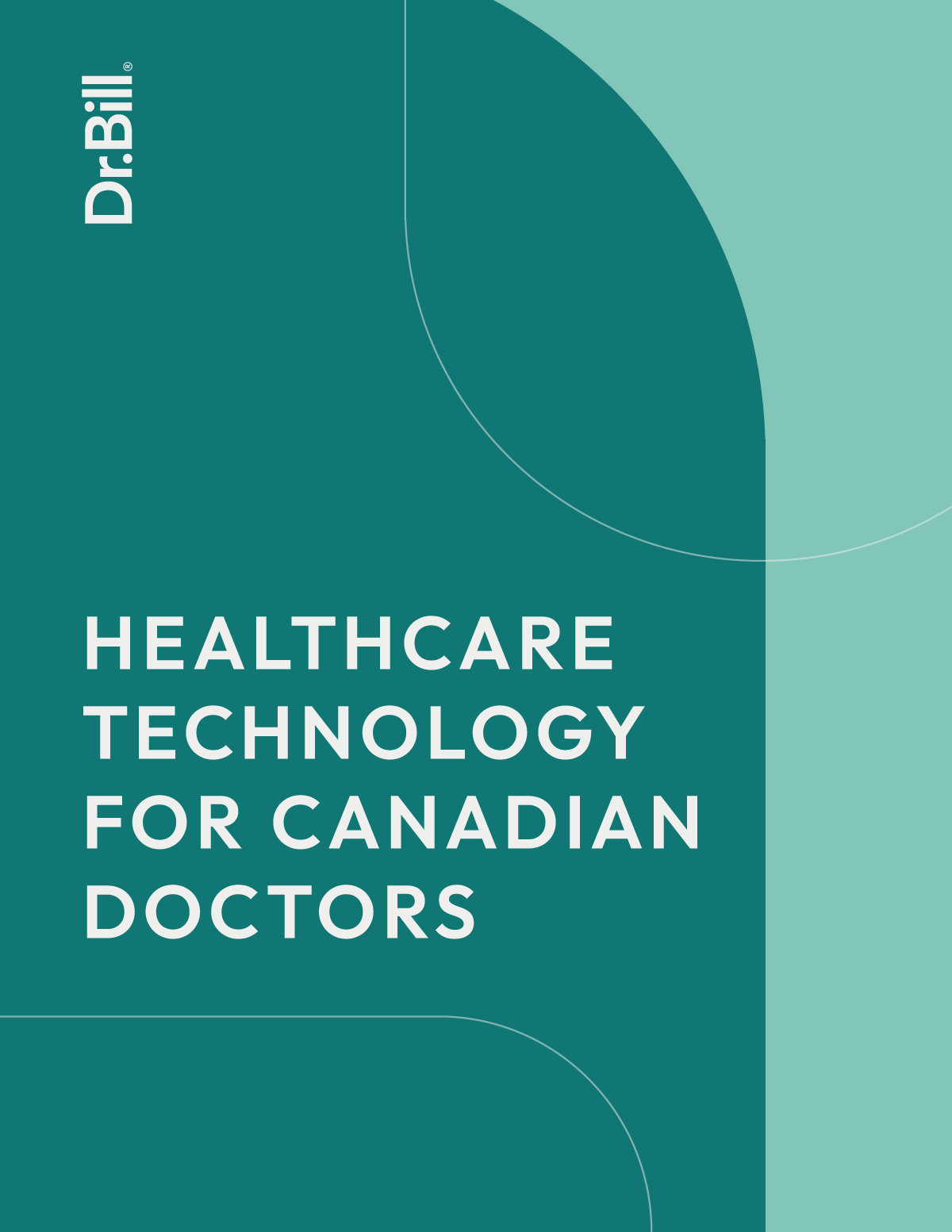There’s a lot to do before opening your own medical practice. One important thing is to make sure you have the proper clinical equipment on hand so you can start helping your patients.
Here’s a checklist to make sure you have everything you need:
1. An EMR system
The first thing you need in your medical practice is an electronic records management system (EMR). Your EMR system will help you manage records for all the patients in your practice, replacing paper-based records for things like notes, patient medical history, immunizations, and medications. Since this information will be the backbone of your practice, choosing an EMR system should be the first thing you think about when you start to purchase your clinical equipment. There are a number of different EMR systems available for you to choose from and your final decision should be based on the needs of your specific practice. Before you choose, it’s a good idea to compare EMR systems available to see which one best fits your needs.
The most popular EMR systems will have similar features – like provider-to-provider communication, web access, templates, and the ability to write prescriptions. However, even the most common EMR systems will differ on some areas like privacy, safety, and the level of technical help provided to you by the company. Take into consideration the needs and capabilities of your staff when making your decision – if you have plenty of administrators experienced on a certain platform, it may be the best choice for your new medical practice, even if it isn’t the easiest one to use. If you’re hiring less experienced staff, part time staff, or using contract workers, you may sacrifice some of the features of a more robust EMR system in favor of a platform that is easy to use or comes with plenty of training. If you’re on a tight budget, cost may be a bigger factor in your decision. Whichever you choose, make time for training – since EMR software will be the cornerstone of your practice’s record keeping, it’s important to make sure everyone is on board.
2. Medical Billing Software
The next thing you should think about is choosing billing software for your medical practice. Like an EMR system, your billing software affects every single patient you see, so choosing a good one should be your top priority. Medical practice billing software can be integrated with your EMR system or can be a system on its own. The system you choose will be completely up to you and your staff, and should help your medical practice run smoothly.
Compare billing software to see what is available on the market to meet your medical practice’s needs – since there is so much patient data involved in billing, choose a software that offers good privacy and security measures. It’s also important for your medical practice billing software to be simple to use and quick enough that you or your administrators can use it to keep up with each patient.
Choose a product with features like technical support, claim follow-up, or the ability to export reports each month. The amount of data entry and complexity of your billing system will depend on the needs of your physicians and administrators, but since billing is such a foundational part of your practice, the simpler your system is to use, the better. Since billing is done for each patient, the amount of time you save by streamlining your billing processes will be significant, so choose the option that allows you the largest amount of functionality and the easiest means of use.
3. Scheduling Software
Now that you have patient records and the software to bill them, you can focus on the next important area of your medical practice – your patients! Bringing in patients means scheduling their appointments, and choosing the right software should help you to do this in less time. Like billing, scheduling is something you will need to do with every single patient, so optimizing your scheduling process will be essential for keeping your patient administration running smoothly. After all, an extra two minutes per patient can add hours if you’re seeing dozens of patients per day.
When selecting your scheduling software, find a good balance between something that is easy to use and something that is robust enough to handle the volume of patients that you will expect. Since medical practice is more specific in the timing and procedure of appointments compared to other industries, you are likely better off with a software package tailored to the medical field. However, there are lots of different options out there for scheduling, so find one that resonates with you. Depending on the level of experience your staff has, they might already be familiar with the pros and cons of other systems on the market, which will allow you some more insight into which one will be best for your practice. Like your EMR system and your billing software, it’s a good idea to choose an option that is flexible, has plenty of technical support, and protects the privacy of your patients.
4. Accounting Software
Now that you have billing software and a place to keep your records, it’s also a good idea to work with your accountant to purchase the right accounting and payroll software. The software you choose will depend on the systems that you have in place – if you have a small practice and plan to do your accounting by hand, choosing a free platform with few features may be all you need for the first few years of your practice. On the other hand, if you’re planning to see many patients, have many doctors, or just want to get ahead of your accounting for the years to come, it may be a good idea to choose a more robust accounting package. Whichever you choose, integrating this software with your billing software – for example, through monthly exports – will help with the accuracy of your records.
The payroll system you choose is another big factor in keeping your books. You and your staff want to get paid on time and avoid any major tax mishaps. The best way to do this is to use a payroll system that pre-calculates the deductions you will need to pay on items like GST, HST, and employee benefits. Good payroll software will also allow you to keep track of your employee’s hire date, start date, and any other staff information.
5. Standard Clinical Equipment
Now that the administrative side of your practice’s needs are handled, it’s time to think of the items involved in patient care. These include exam tables, scales, blood pressure monitors, and similar clinical equipment. While they seem simple, acquiring and delivering the required items can be a fairly complex process involving numerous purchase orders, vendors, invoices, delivery
schedules, and other operational issues. This can make this part of preparing your new medical practice a logistical headache, but don’t worry – there are plenty of ways to make it easier.
When procuring your new medical equipment, it’s important to minimize the amount of vendors – choose a medical equipment provider that sells a wide variety of the products you need and try to put everything on one order. Be careful of any delivery constraints – if you have leased building or office space, make sure there is enough time and space available for you to bring multiple large pieces of equipment into your office at once. Keep track of everything you’ve purchased in your accounting software, or use one of your special projects bank accounts to track spending.
6. Specialized Clinical Equipment
The last thing to think about when setting up the right equipment for your clinical practice is whether you will need any specialized equipment, diagnostic equipment, or machinery, like x-ray machines, laboratory diagnostic equipment, ECG equipment, or ultrasounds. As a specialist, you will have the expertise in this area – so while it may be a good idea to involve your administrators or clinicians in the other decisions about setting up your practice, this is one area where you should take the reigns. Make sure to do your research, talk to other physicians who use similar equipment, and connect with other experts in your field about certain brands, companies, and vendors. If you took out a line of credit or a bank loan to open your new medical practice, it may be worth looking into equipment financing for any particularly large or expensive items. Since the loan would use the equipment as collateral, you may be able to get a lower interest rate or better repayment terms.
Checklist
While the materials you use will differ based on your specialization, here is a sample checklist of clinical items:
Administrative equipment:
-
EMR software
-
Billing software
-
Scheduling software
-
Accounting software
Standard patient care equipment:
-
Exam tables
-
Defibrillator
-
Emergency equipment
-
Cleaning products and sterilization tools
-
Gloves and masks
-
Blood pressure monitors
-
Thermometers
-
Containers for toxic materials and needles
-
Stepstools
-
Stethoscopes
-
Lighting equipment
-
Scales
-
Clocks
-
Eye charts
-
ECG equipment
Specialized patient care equipment:
-
Ultrasounds
-
Specialized diagnostic equipment
-
Specialized laboratory equipment
-
Specialized diagnostic tools
-
Specialized treatment equipment
For more on starting a practice check out our guide on How to open a Medical Practice in Canada.
This article offers general information only and is not intended as legal, financial or other professional advice. A professional advisor should be consulted regarding your specific situation. While information presented is believed to be factual and current, its accuracy is not guaranteed and it should not be regarded as a complete analysis of the subjects discussed. All expressions of opinion reflect the judgment of the author(s) as of the date of publication and are subject to change. No endorsement of any third parties or their advice, opinions, information, products or services is expressly given or implied by RBC Ventures Inc. or its affiliates.






